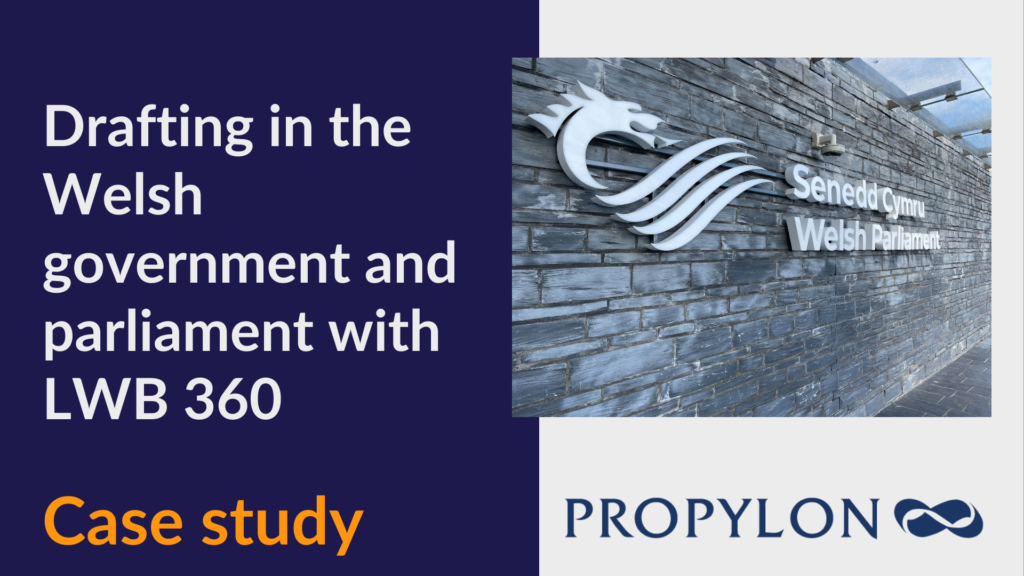During the COVID-19 pandemic, states exerted colossal efforts to keep ‘the people’s house’ open to the public. Many have introduced new means for remote participation, with tools like online testimony and a greater use of streaming likely here to stay.
It comes as little surprise that the most popular website worldwide as of November 2021 was Google with an average of 45.41 billion total monthly visits. Indeed, the prevalent role of search in the average citizen’s day-to-day means that websites are often the first – and most accessible – port of call for information.
Ultimately, a great legislative website helps states fulfill goals including:
- Inform the public as to what’s happening in session
- Drive engagement with the legislative process
At the same time, a great legislative website helps members of the public achieve goals like:
- Find out what’s happening in session
- Track bills and keep up with legislative proceedings
- Gain an insight into how a particular law has come into being
At the heart of enabling accessibility is ensuring that users can easily locate the information they’re searching for.
Promoting public participation
An accessible, mobile-first website that puts the user at the center can help drive public participation by being:
- Optimized for different devices
- ADA-compliant
- Easily searchable and navigable
However, at the heart of enabling accessibility is ensuring that users can easily locate the information they’re searching for. For example, if they’re following a topic of interest, can they do so without needing to switch between different websites for the House, Senate, and Legislative Services?
Such a user journey can create a disjointed experience, obliging users to navigate between multiple browser windows while also perhaps navigating unfamiliar lingo. For example, a user tracking legislation of particular interest may need to find a specific House committee meeting to view proposed amendments, locate and search a non-indexed journal to view the text and roll call of a floor amendment, locate any delivered testimony for the measure. They may be directed to different systems and interfaces to find what they are looking for.
Several states are successfully consolidating the multitudes of information associated with a measure’s progress in a way that is easy to navigate and digest. But achieving this can be a real challenge.
Several states are successfully consolidating the multitudes of information associated with a measure’s progress in a way that is easy to navigate and digest. But achieving this can be a real challenge.
Connecting the legislative landscape
Ultimately, enabling a user-centric website experience is predicated on the accessibility and transparency of the data. With data from multiple sources to manage, it can be a struggle to present a consolidated view of the legislative landscape. Indeed, this issue can be made even more challenging by the underlying IT system.
Modern legislative management systems built to meet a state’s needs can reduce the time and effort associated with solving this challenge and not only make it possible to post information automatically in real-time, but also enable richer experiences for citizens visiting its legislative website. For example, enriching content with metadata and indexing to improve search and retrieval.
By making it easier to find and follow information, states can facilitate better civic engagement with the legislatures and promote openness and transparency into the legislative process.
Prioritizing transparency in 2022 and beyond
Ongoing reliance on hybrid ways of working and remote participation will continue to place importance on the legislative website. At the same time, increasing digitization will drive expectations for an online experience that not only acts as a gateway to disparate streams of legislative information, but as a virtual statehouse. As your legislature looks at ways to increase engagement with citizens of all ages, an accessible website that facilitates transparency should be a high priority.
Propylon’s LWB 360 platform integrates seamlessly with a fully responsive legislative website, providing the ability to easily publish data to the public while ensuring that the user is at the center.

